Nanyang Coffee-the ancestor of Chinese coffee! Chinese people have different feelings in drinking coffee.
When it comes to Chinese coffee, the older generation will think of Nanyang coffee.
Last night the code clerk made a cup of coffee for his grandfather at home. He talked a lot about Nanyang coffee while drinking it. "the coffee we used to drink is really fragrant and cool. Although it tastes rough, Nanyang coffee is a taste created by the wisdom of generations of Chinese, and it is also a taste that I miss."
Grandpa's mother came from Singapore and lived and grew up in Singapore until she got married and returned to her hometown of Nanfanshun (Guangzhou, Guangdong and Foshan). At the same time, she also brought back the practice of Nanyang coffee. Great grandmother (grandpa's mother) once said that this is the taste of home, and it is not easy for Chinese to cross Nanyang. I hope that every generation will remember this smell.
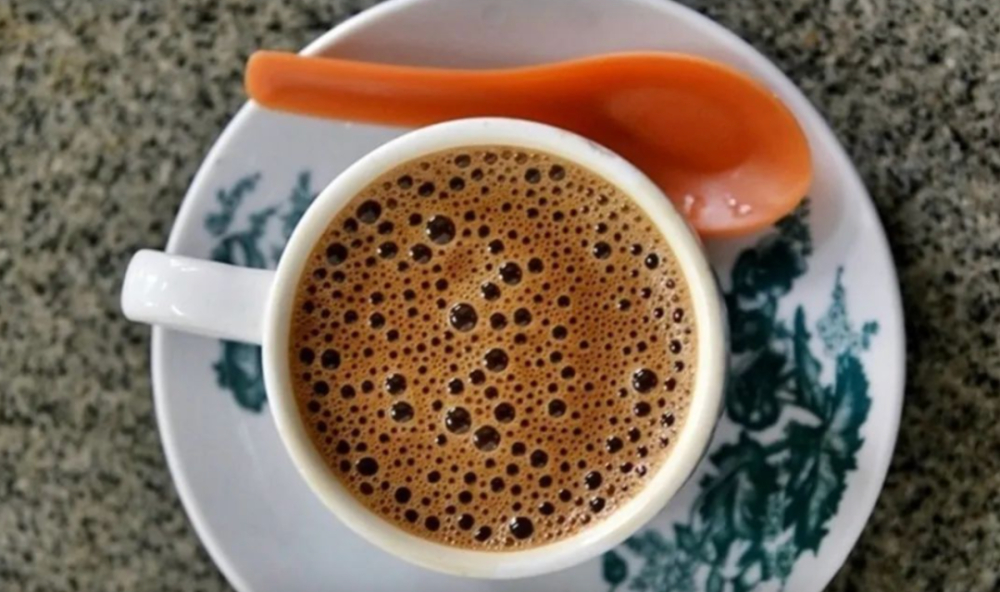
"Nanyang Coffee" actually means literally, referring to coffee drinks from Malaysia, Singapore, Indonesia and Thailand. Because the method from roasting to making is very different from the freshly ground coffee / boutique coffee we are in contact with now, "Nanyang Coffee" can also be used to refer to the coffee making method that originated in Singapore and Malaysia, and has also been brought back to Hainan, Hong Kong and Macao.
With the rapid expansion of the population in the Ming Dynasty, many people along the southeast coast could only continue to seek new arable land and accommodation to the south and west, take ships to the coast of the Indo-China Peninsula, the Philippine Islands, the Indonesian Islands and other places to do business, work, and even intermarry with local people to settle down, collectively known as "Lower Nanyang".
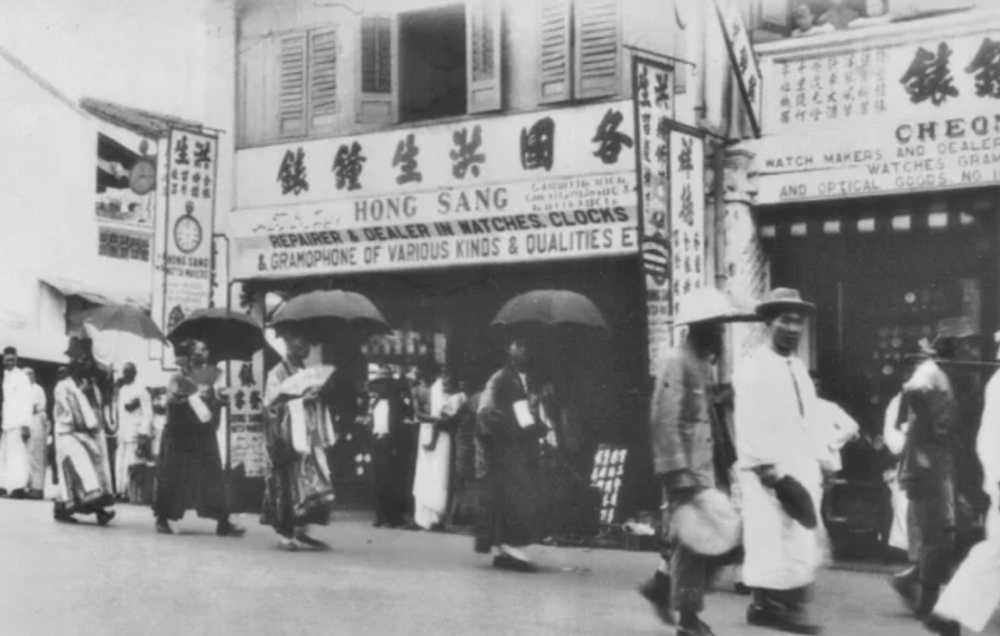
Therefore, Nanyang, as a Chinese immigrant to Xintiandi, began to have a clear scope and concept. With the continuous migration of a large number of Chinese immigrants to Nanyang, the footprints of Chinese have spread almost all over Nanyang, becoming an important part of the ethnic composition of Southeast Asian countries today, and China's eating habits have also been brought to Nanyang.
Nanyang coffee, strictly speaking, was first invented by Hainan people. As early as the 1850s, coffee shop owners in Singapore were basically owned by Hainan people.
As early as 1819, Stanford Raffles, an employee of the British East India Company, landed in Singapore and built a free trade port. since then, businessmen from all over the world have had frequent exchanges and a growing population. Singapore has gradually become a base for doing business in Asia and Europe, requiring a lot of labor.
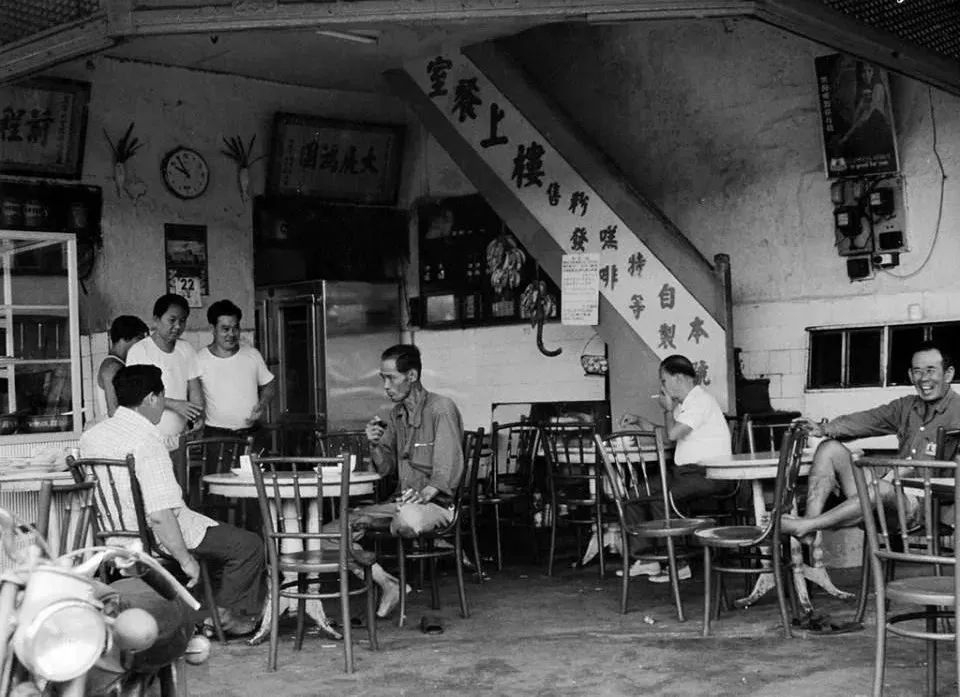
In the early immigrant era, Hainan people accumulated food and beverage cultural experience such as western cooking, coffee and tea cooking through foreign workers, which also laid the foundation for later engaging in coffee diet. As the role of maids was gradually replaced by Guangdong mothers, Hainan people gradually "lost their jobs" and began to run coffee shops one after another. In order to cater to the tastes of Chinese, both coffee and western food will be improved in Chinese style.
The early Chinese who emigrated to Singapore generally relied on the spontaneous traction of the clan relationship for the purpose of making a living, and often gathered together for survival and development, thus forming an industry group on the basis of geography and consanguinity. By the 1850s, it was quite common for a Hainan family to own more than one coffee shop.

The reason why coffee made by Hainan people is so popular in Singapore is that their technology of stir-frying coffee beans can effectively reduce the bad flavor of low-quality coffee.
The concept of boutique coffee was not taken seriously until 2000. Before that, the quality of coffee beans was very uneven, and most of them were robusta / Liberika varieties grown at low elevations, so it would be difficult to swallow the coffee directly after stir-frying.
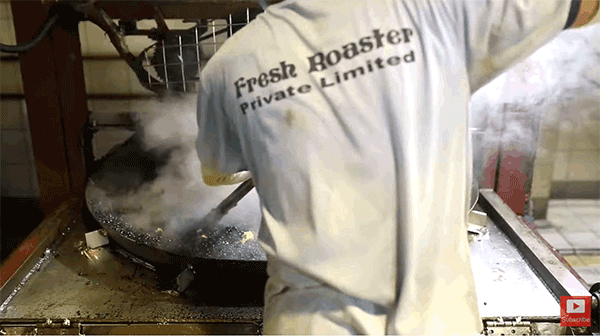
In order to reduce the bad taste of coffee, Hainan people combine Chinese cooking skills and add seasoning in the process of stir-frying coffee beans. They will stir-fry the coffee beans until medium cooked, and then add seasonings such as butter, sugar and salt to make the coffee beans sticky and scorched. Due to the addition of sugar and oil, it is necessary to grind it into particles immediately when it comes out of the oven, otherwise it will be more difficult to deal with after cooling down.
Speaking of which, have you ever heard of the term "white coffee"? The way Hainan people stir-fry coffee has been improved after it was brought to Malaysia by other Chinese, and "white coffee" actually refers to the removal of sugar and "light roasting" in this way of roasting sugar-fried coffee beans. as a whole, it is not as rich as sugar-fried coffee beans. It's not because black coffee has plant fat powder in it, so it's called white coffee.
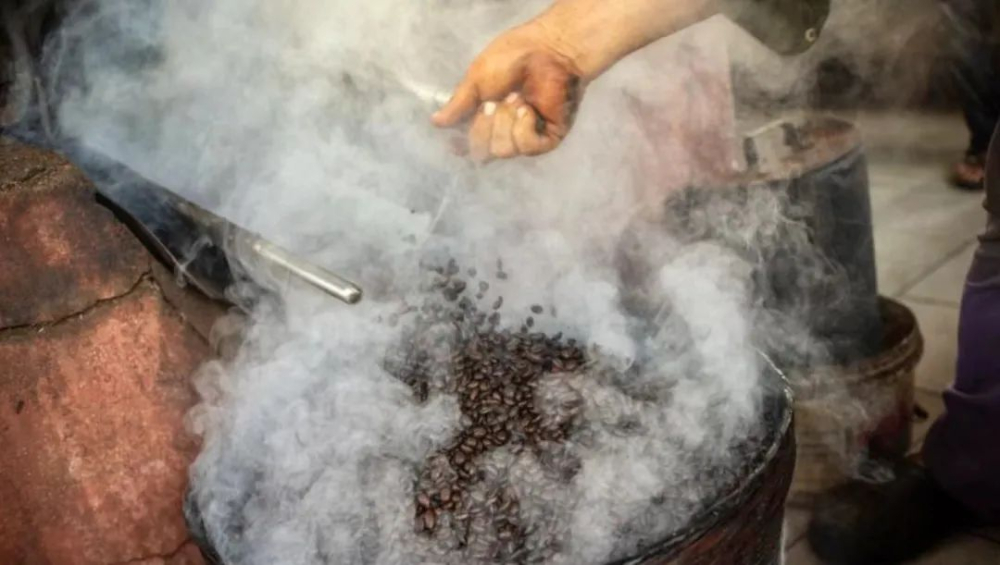
Back to the subject. Although sugar is added to the coffee beans in the stir-frying process, the coffee is actually not sweet, because the sugar will begin to caramel with the frying time. Robusta varieties are inherently high in caffeine, and in order not to be damaged by bugs, coffee itself has a lot of chlorogenic acid, coupled with extremely deep roasting, coffee is already very bitter.
In order to maximize the richness of the coffee, the coffee will also be made very full-bodied. If you drink a cup directly, not only because of the refreshing effect of caffeine, but also because of the extreme pure bitterness. The grandfather of the code clerk said, "the first time I drank Nanyang coffee, it was like drinking spirits."
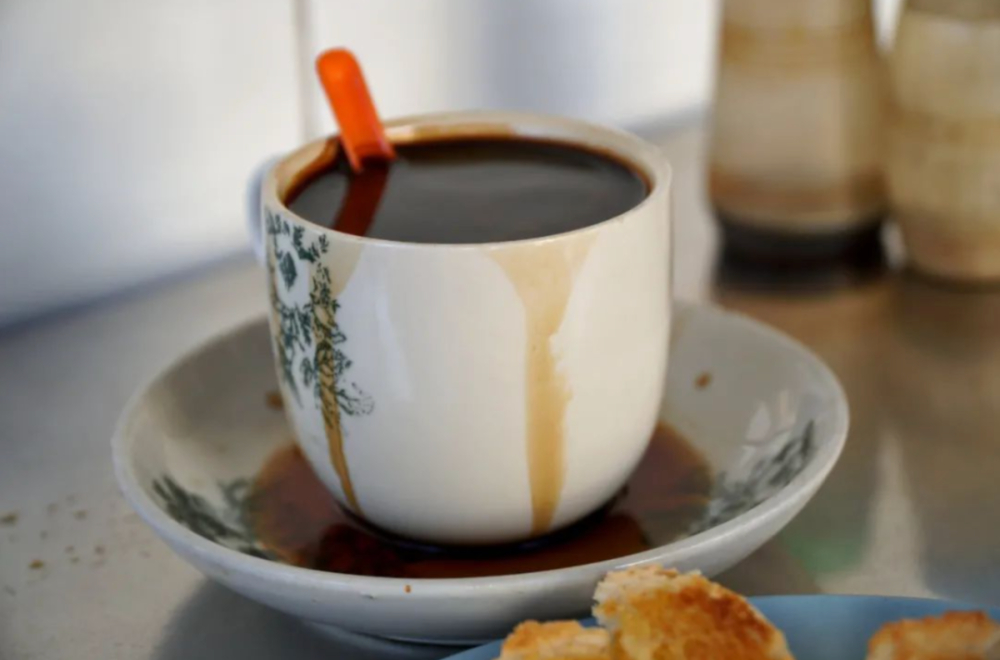
It is impossible to drink such bitter coffee directly. As a result, the local Chinese have also come up with a set of "systematic" tricks for the way they drink coffee. Local Chinese call coffee kopi, but Kopi is not equal to black coffee, but it is diluted with water and added sugar and condensed milk by default.
So: Kopi = black coffee + water + sugar + condensed milk Kopi C = black coffee + water + sugar + light milk Kopi O = black coffee + water + sugar Kopi C Kosong = black coffee + water + light milk Kopi O Kosong = black coffee + water Kopi Gau = stronger Kopi Kopi Poh = lighter Kopi Kopi Peng = iced Kopi Kopi Siew Dai = less sweet Kopi Kopi Ga Dai = more sweet Kopi. These coffee names all come from the pronunciation of the Minnan language family.
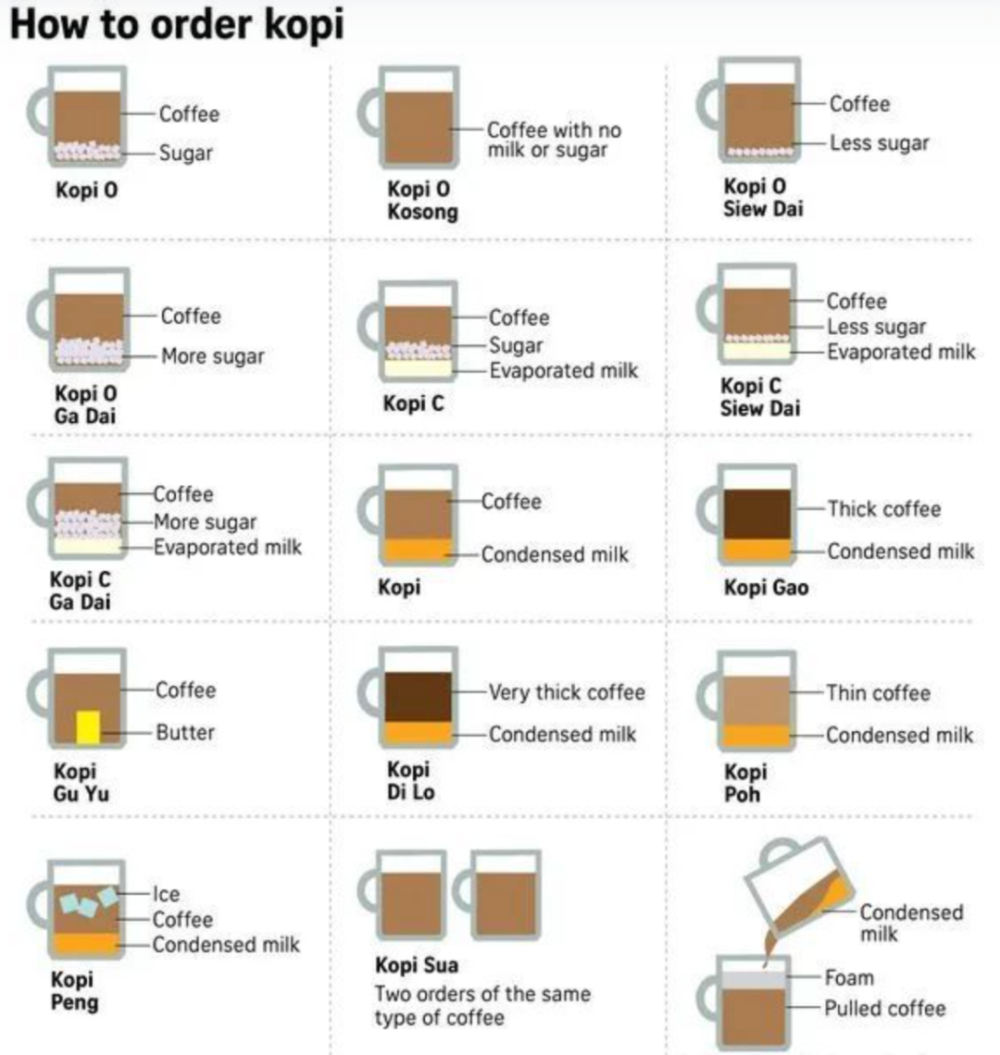
"Food can not only meet individual needs and preferences, but also show the relationship between identity and symbolic power." Under the premise of coffee cultural identity, Nanyang Cafe has expanded strongly, and Nanyang Coffee, which is closer to the Chinese taste, has quickly become the glue for Singaporean immigrants. Soon, the practice of coffee spread to other Southeast Asian regions and was brought back to Hainan and Hong Kong and Macao.
After arriving in other regions, the local Chinese have improved the way they stir-fry coffee beans and brew coffee according to the different climate and more suitable tastes of the local Chinese. As mentioned above, some Chinese in Malaysia will stir-fry coffee without sugar.
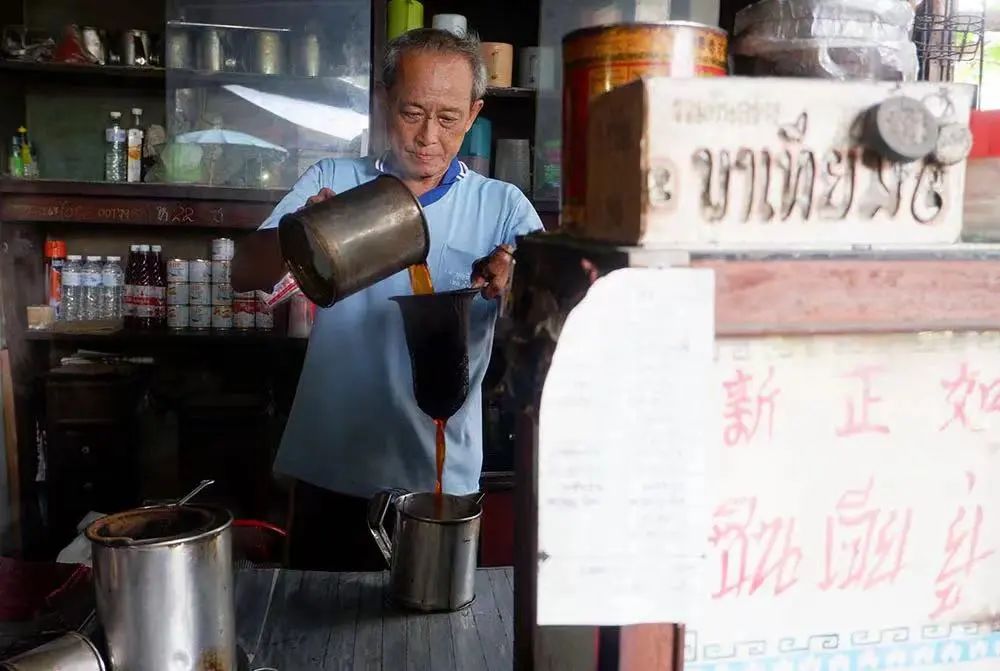
Some Chinese in Thailand will add spices and grains to stir-fry coffee, and this kind of coffee will be called oliang;. Grandpa said that when they arrived in Hong Kong, people would add spirits to stir-fry coffee beans to remove the astringency and flavor of the coffee. If liquor is added, there will be no more sugar and oil.
No matter what kind of Nanyang coffee is adopted, it is passed down from generation to generation. Anthropologist Zhang Guangzhi said: "one of the best ways to reach the core of a culture is through the intestines and stomach." (or taste buds / taste memory) diet builds a city-to-city way of life in terms of time and space. In the hearts of many generations of Chinese who have grown up in Southeast Asia, the traditional Kopi TIam (coffee shop) and rich Kopi can always occupy a seat.
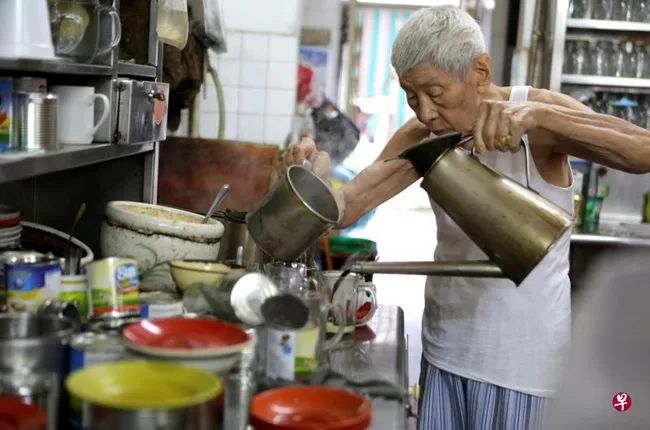
Today, although the popularity of boutique coffee culture continues to accelerate, the status of Nanyang coffee has always been an important part of civilian culture, and it is also an emotional link in Chinese society. A cup of Kopi can make everyone start a new day full of spirit, and also make people feel the difficulty of generation after generation of Chinese.
When the epidemic fades, let's go to Southeast Asia to feel the charm of Nanyang coffee.
Photo Source: Internet
Professional coffee knowledge exchange more coffee bean information please follow the coffee workshop (Wechat official account cafe_style)
For more boutique coffee beans, please add private Qianjie coffee on Wechat. WeChat account: qjcoffeex
Important Notice :
前街咖啡 FrontStreet Coffee has moved to new addredd:
FrontStreet Coffee Address: 315,Donghua East Road,GuangZhou
Tel:020 38364473
- Prev

Can purple sand pot make coffee effectively reduce bitterness?! I'm not the last to know!
As the epidemic continues, people's consumption of coffee has changed greatly. People have gradually formed the habit of making their own coffee and enjoy the cure brought by the coffee-making process. As a result, a variety of household coffee brewing utensils have been launched on the market, such as various drip coffee utensils, French presses and mochas.
- Next

Starbucks wants to take the "lucky" route?! I can't believe you opened the store here!
As an important lifespan, coffee has become a social hard currency. You can also find that coffee shops like to gather around the corner of some residential buildings, and of course there are many coffee shops open downstairs of the office. However, as the most important means of transportation for modern urbanites, there are few coffee shops nearby.
Related
- What ratio of water temperature and ground does the smart cup method use to press coffee? The difference between brewed coffee and filtered coffee?
- What is the standard process for the purpose of coffee cup testing? What is the difference between hand-brewed coffee and cup testing?
- How to use hand-brewed coffee paragon small golden balls? How does cold coffee lock in the aroma of coffee?
- Is American coffee black? What is the difference between American coffee and drip coffee?
- Unexpected! Well-known tea beverage brand Lele Tea will withdraw from the Zhengzhou market!
- Starbucks enters the fashion and beauty industry?! Netizen: Give me an ice American eye cream
- Why can American refills for free? The difference between Americano and American drip pot coffee
- Being chased out of the rain in front of Starbucks?! Store: Sheltering from rain under umbrellas poses a safety hazard
- The white moonlight has changed?! Lucky launches "Big Winter Pear American"
- Hand-brewed coffee three-stage method, high-sweet and universal brewing method to share! What does the high sweet water level of hand-brewed coffee mean?

